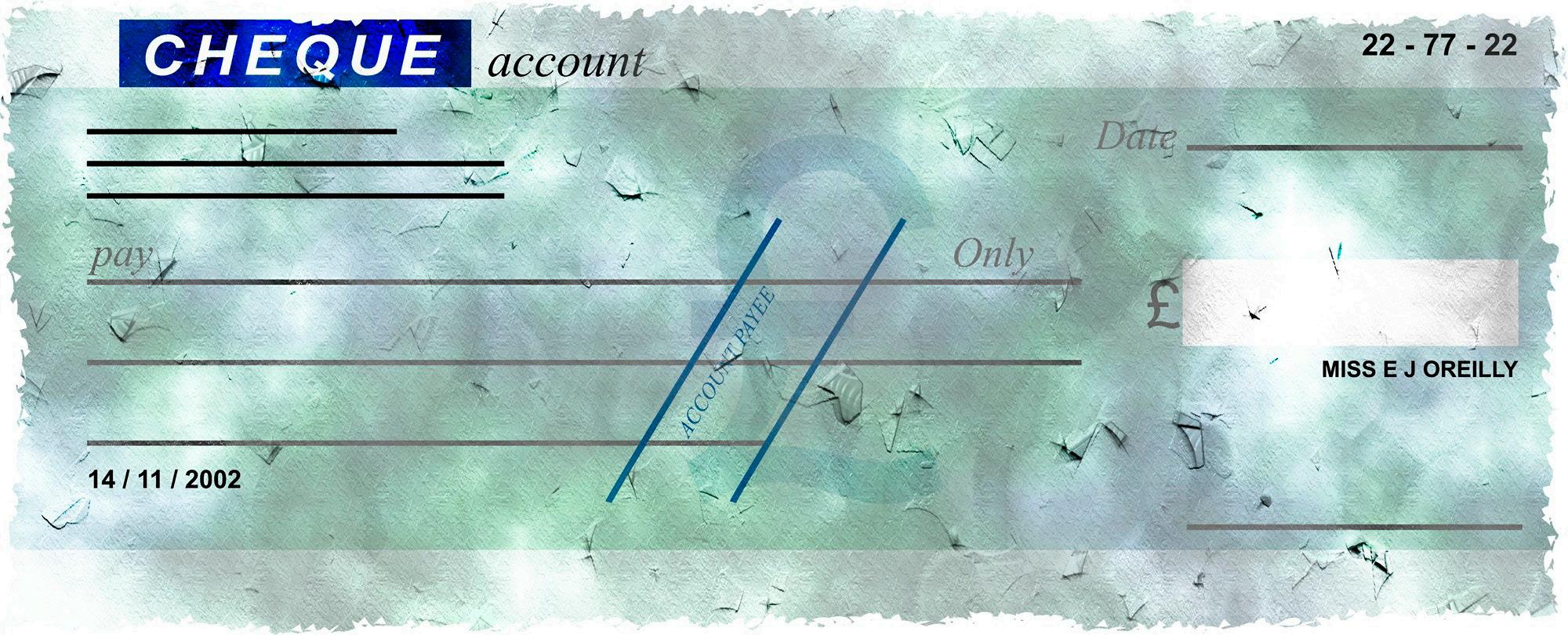
3 minute read
Bank Charges: An Undeclared Crisis For The Public
April 1, 2023
Service charges, transaction charges, penalties for this, penalties for that, and then GST on top of all that. Over the past decade or so, Indian banks have literally been pulling off a slow and silent heist – inflicting unprecedented damage on their customers by hitting them with a torrent of ‘bank charges’.
Anyone who has a bank account in India, be it with one of the 12 public sector banks or the 22 private sector ones, is made to pay bank charges at the drop of a hat. There are multiple fronts on which banks slap these charges on unsuspecting customers.
They charge account holders for making cash deposits and withdrawals at branches, which means as a customer of any bank, you get penalised for withdrawing your own money and even for handing over your moolah to them!
You get slapped with fines if your account balance goes below a designated threshold, which means you are basically bullied into always keeping a certain minimum amount of money in the bank in order to avoid getting punished.
Then, at ATM machines, you can make free-ofcharge withdrawals only for a limited number of times, which means you don’t have the right to exceed the number of occasions you can encash your own money without paying a penalty.
And then there are charges that you are forced to pay simply for using your own debit card for making transactions. As an account holder, it’s your right as a customer to be able to freely use your debit card – that’s the whole purpose – but you get docked for possessing it and for using it. You make a payment to a third party using your debit card, and your bank imposes a charge on you for a transaction that it had absolutely nothing to do with!
It’s an endless list of bank charges that customers in India just can’t avoid. The GST that authorities levy on you for these questionable charges adds salt to the wound. Sadly, many customers don’t even notice this gigantic, unjustified loot that is carried out by the banks.
Here’s a shocking and comprehensive checklist of all bank charges that customers are slapped with, as put together by the watchdog FAN India
(Financial Accountability Network India), in a report titled ‘Bank Charges: Penalising The Poor’:
• Cash deposits and withdrawals at bank branches
• Cash deposits in accounts other than one’s own


• Cash withdrawal from ATMs
• Issuance fee on debit cards
• Annual charge on debit cards
• Balance inquiry at ATMs
• Mini-statements from ATMs
• Regeneration of ATM PIN code from branch
• Account-closing charges
• Transaction declined on debit card due to insufficient funds
• SMS alerts from banks
• Change in address
• Change in mobile number
• Change in KYC-related documents
• Cash deposits and CDMs
• Change of mutilated and old currency notes
• NEFT and RTGS transfer of funds
• Surcharge on use of debit cards for buying rail tickets and fuel pumps
• Cheque books
• Demand draft
• Balance certificate
• Signature verification
While we slam India’s banking sector for pulling off this silent financial coup, many argue that the country’s banks have been woefully stressed due to three broad reasons, which compelled them to resort to imposing bank charges as a compensatory measure.
According to one school of thought, when the Indian government rolled out the Jan Dhan account-opening initiative a few years back, the sudden and exponential rise in the number of new bank accounts across the country turned out to be counterproductive for the banking workforce. It is argued that the landmark move left the banking sector’s staff struggling to process and manage the new accounts opened as part of the scheme. So, the banks have been looking for ways to raise extra funds (read: bank charges) in order to handle the excess workload.
Banks in trouble?
Another school of thought claims the demonetisation in 2016 may have compelled the banking sector to look for ways to raise money in new ways. Although the banks were flush with cash due to a torrent of deposits of banned currency notes, it turned out to be a bane and not a boon for the banking sector. That’s because the banks, armed with an unprecedented amount of incoming cash, saw subsequent interest payments to customers shoot up and hit the roof. It apparently offset the initial gains made due to the note ban.
Then, of course, there’s the case of nonperforming assets or NPAs in recent years. Having leaked bad and dodgy loans to shady outsiders that never really got paid back, banks were portrayed by the popular press as tragic victims of siphoning and fraud. The case of ballooning NPAs – as these unrecovered loans are called – appeared to have given the banks a kind of licence to compensate for the losses by turning their guns on innocent customers.
It is true that the banking industry in India is going through turbulent times. Long gone are the days of full-spectrum nationalisation like it was during the Indira Gandhi years. In recent decades, foreign and domestic private businesses have been gnawing at the nationalised banking sector, forcing the privatisation of chunks of it. Anti-privatisation protests have been jolting the industry, sparking more turmoil.
It is in these trying times that India’s troubled banks need the support of their huge customer base. Slapping bank charges on them and making money out of thin air to compensate for various problems is certainly not the answer – especially because a large majority of Indians trust high street banks and park their hard-earned money there.








